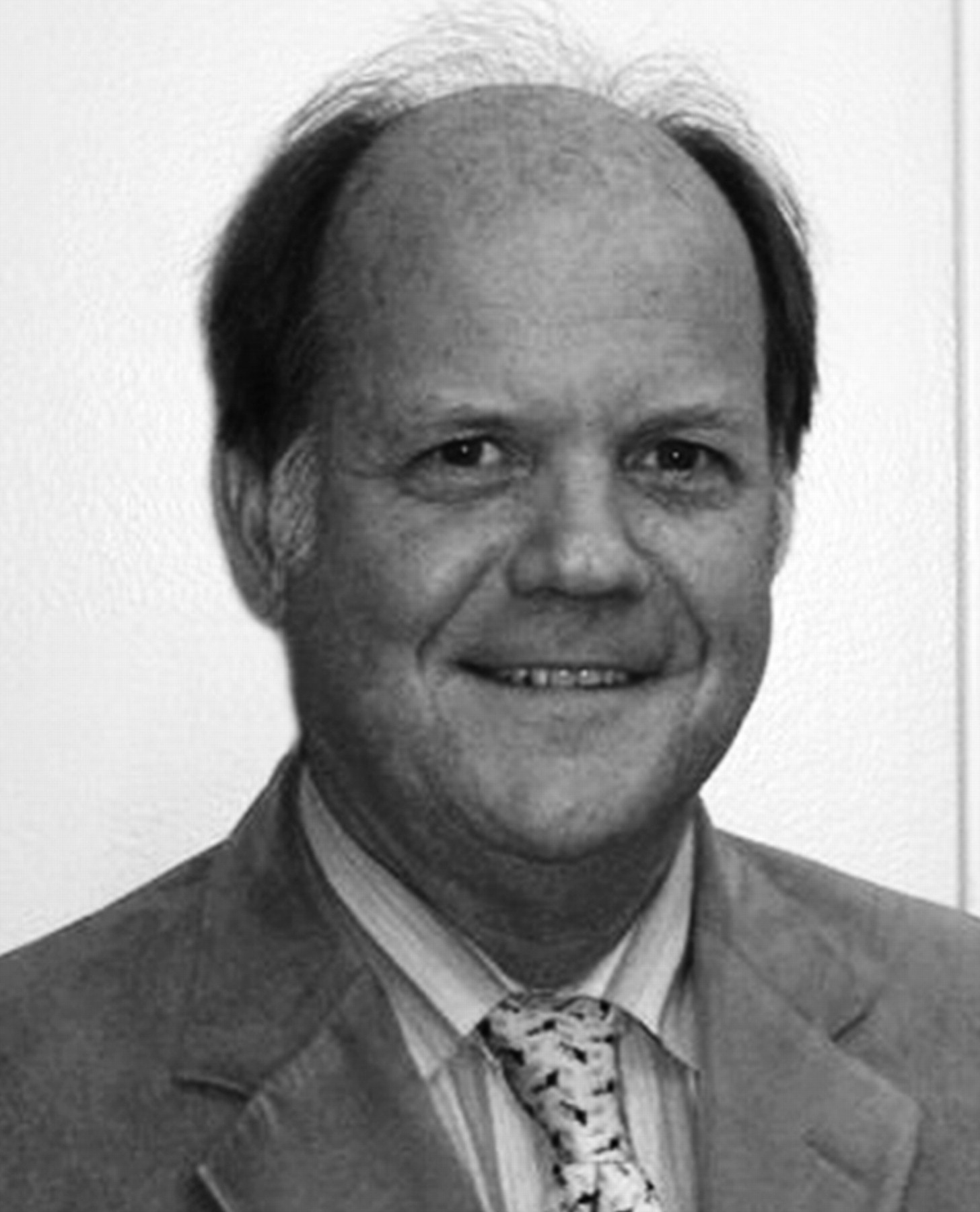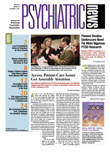The role of Area trustee provides a tremendous opportunity to listen to, educate, and represent our members on the APA Board. We are faced with critical challenges. Severe under-funding of services, stigma, managed care restrictions, and increasingly liberal scopes of practice allowing nonphysicians to diagnose and treat mental illness (including the prescription of medications) all contribute to erosion of proper treatment for our patients and barriers in access to quality care.
In New York we must remain vigilant in sustaining the gains we have made in parity and scope of practice, and speak up on issues such as proper privacy of medical records and appropriate evaluation, diagnosis, and management of sexual offenders that do not deplete our mental health budget for chronic and indigent patients. We must better educate the public, government officials, and our nonpsychiatric colleagues as to the nature, prevalence, and cost-effectiveness of appropriate treatment of mental illness. To attain these goals, membership strength and involvement are crucial in APA. At the same time we expand and refine our electronic communication abilities, we need to provide greater personal outreach to members in the field and impart to training directors and early career psychiatrists the importance of psychiatrists' active involvement on behalf of our patients. This includes strengthening liaisons with the AMA, state medical societies, and advocacy groups. In New York, a strong alliance with the medical society has helped us to avoid intrusions into our scope of practice. To foster recruitment, we must continue to forge alliances with our allied psychiatric groups, consider shared-dues strategies, and be sensitive to the needs of international medical graduates and minority representatives, many of whom serve valiantly in the public sector.
APA has made progress in the prioritization of goals, removal of redundancy in committee and component functions, and the establishment of financial oversight mechanisms that include Assembly input to ensure fiscal responsibility. We must strive to improve communication with and between legislative and public affairs reps, executive directors, and presidents and presidents-elect of our district branches. Difficulties in establishing a viable information system damaged morale in DBs through lack of an adequate available database and timely reporting of dues billings. Concrete steps have been taken to rectify this. I support having an expert business and financial advisory panel serve as consultant to the Board. As the Area trustee from New York on the Board, I would make sure these issues are pursued and that future concerns of NYSPA members receive appropriate attention. I have lobbied in Albany for NYSPA and in Washington, D.C., for APA and serve on the Board of the APA PAC.
At the New York County District Branch, I established the first Task Force on Psychiatry and Nursing Homes and chaired the Committee on Aging for 14 years. I was among the first group of psychiatrists to volunteer services to the homeless, volunteered at Pier 94 and ground zero with Disaster Psychiatry Outreach following 9/11 and in Louisiana following Katrina, and coordinate the Assembly liaison representatives to the APA Committee on Psychiatric Dimensions of Disasters. As a member of the Medical Society of the State of New York, I have served on the Committee on Psychiatric Medicine and the Task Force on Psychiatry and Violence, and currently serve on the Task Force on Tobacco.
I have demonstrated strength in working well with diverse groups to establish consensus, have represented NYSPA as treasurer, vice president, and two terms as president and Area representative, and served on the APA Board of Trustees as speaker-elect and speaker of the Assembly. I would be honored to serve as your Area 2 trustee.
Primary Professional Activities and Sources of Income
Professional Activities
•.
70%—Private Practice:
•.
30%—Briarcliff Manor, New York
•.
30%—Psychiatrist to residential home for adolescents: Pleasantville Cottage School, Pleasantville, N.Y.
Income
•.
30%—Pleasantville Cottage School

